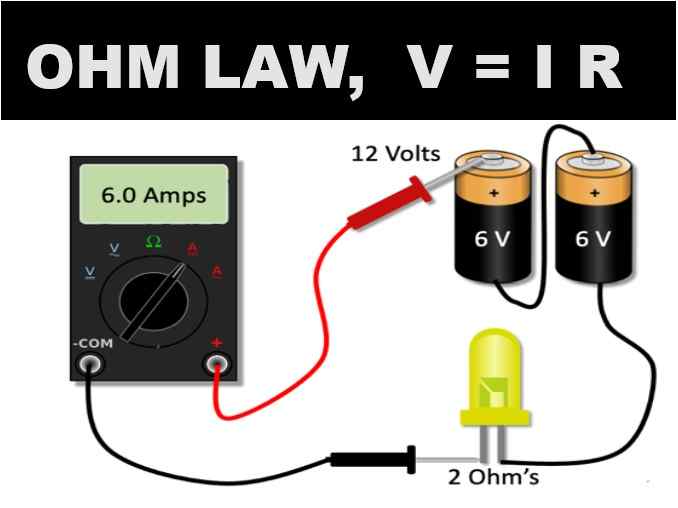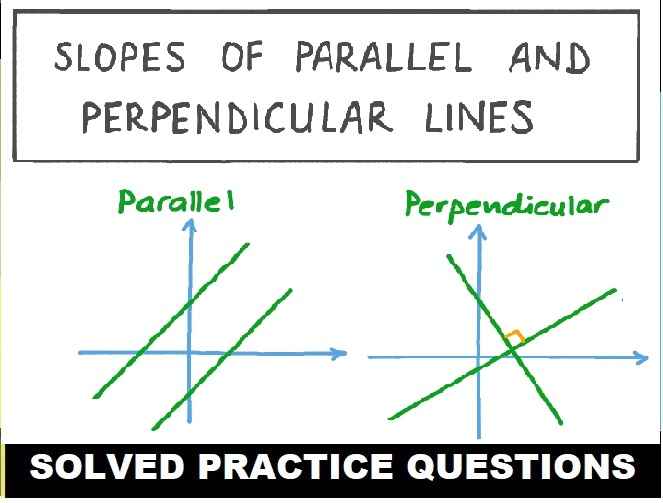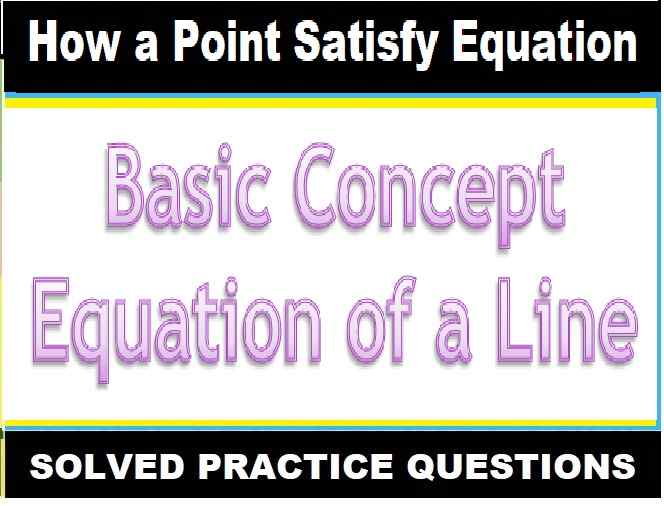Nootan Solutions Refraction and Dispersion of Light Through a Prism Ch-17 ISC Class-12 Physics Nageen Prakashan Numericals. Step by step Solutions of Kumar and Mittal ISC Physics Class-12 Nageen Prakashan Numericals Questions. Visit official Website CISCE for detail information about ISC Board Class-12 Physics.
Nootan Solutions Refraction and Dispersion of Light Through a Prism Ch-17 ISC Class-12 Physics Nageen Prakashan Numericals
| Board | ISC |
| Class | 11 |
| Subject | Physics |
| Publication | Nageen Prakashan |
| Writer | Kumar and Mittal |
| Vol | 2nd |
| Book Name | Nootan |
| Chapter-17 | Refraction and Dispersion of Light Through a Prism |
| Topics | Solution of Numericals Questions |
| Page-Number | 740, 741 |
Nootan Solutions Refraction and Dispersion of Light Through a Prism
(Ch-17 ISC Class-12 Physics Nageen Prakashan Numericals)
Refraction Of Light Through Prism
When light travels from one medium to another, the speed of its propagation changes, as a result, it ‘bends’ or is ‘refracted’. Now when light passes through a prism, it is refracted towards the base of the triangle. Refraction Of Light Through Prism is well illustrated in the diagram given above.
- The different colours in the spectrum of light have different wavelengths. Therefore, the speed with which they all bend varies depending on this wavelength, where violet bends the most, having the shortest wavelength and red bends the least, having the longest wavelength.
- Because of this, the dispersion of white light into its spectrum of colours takes place when refracted through a prism.
Visible Light Spectrum
- Now, for white light to pass through a glass slab or a glass prism, it is refracted not once, but twice. It first travels from air to glass and then from glass to air. At the first instance of refraction, it slows down and at the second it speeds upright?
- So what happens in a glass slab? All the light rays slow down and speed up at the same rate because both the surfaces are parallel. And hence, to an observer, it would seem as if white light has entered and left the slab. But the case is different in a prism.
- The surfaces aren’t parallel to each other and so the light rays emerging out of the prism finally follow the path that is different from each other, giving a dispersed effect.
Nootan Solutions Refraction and Dispersion of Light Through a Prism Ch-17
(ISC Class-12 Physics Nageen Prakashan Numericals)
Page-740
—: End of Refraction and Dispersion of Light Through a Prism Numericals :–
CONTACT FOR LIVE CLASSES -9335725646
Return to – Nootan Solutions for ISC Physics Class-12 Nageen Prakashan
Thanks


